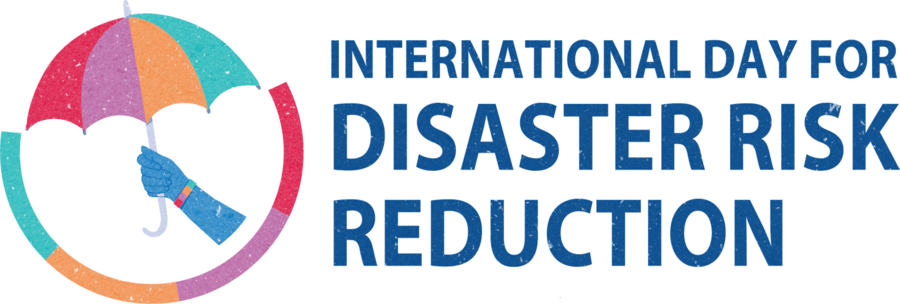Faces of resilience
In a world facing climate-related challenges, individuals like Abbas, Namazzi, Marsha, Arif, Hazel, Idaya, Khadija, Durnaz, Kaikea, and Pemón elders are adapting, innovating, and advocating for resilience in the face of floods, heatwaves, wildfires, and other disasters. Their stories reflect the human spirit's capacity to persevere, prepare for change, and work together to build a more sustainable and resilient future.
The characters in these stories are fictitious, but they are inspired by real-life situations and projects around the world to build the resilience of at-risk communities.
Their stories
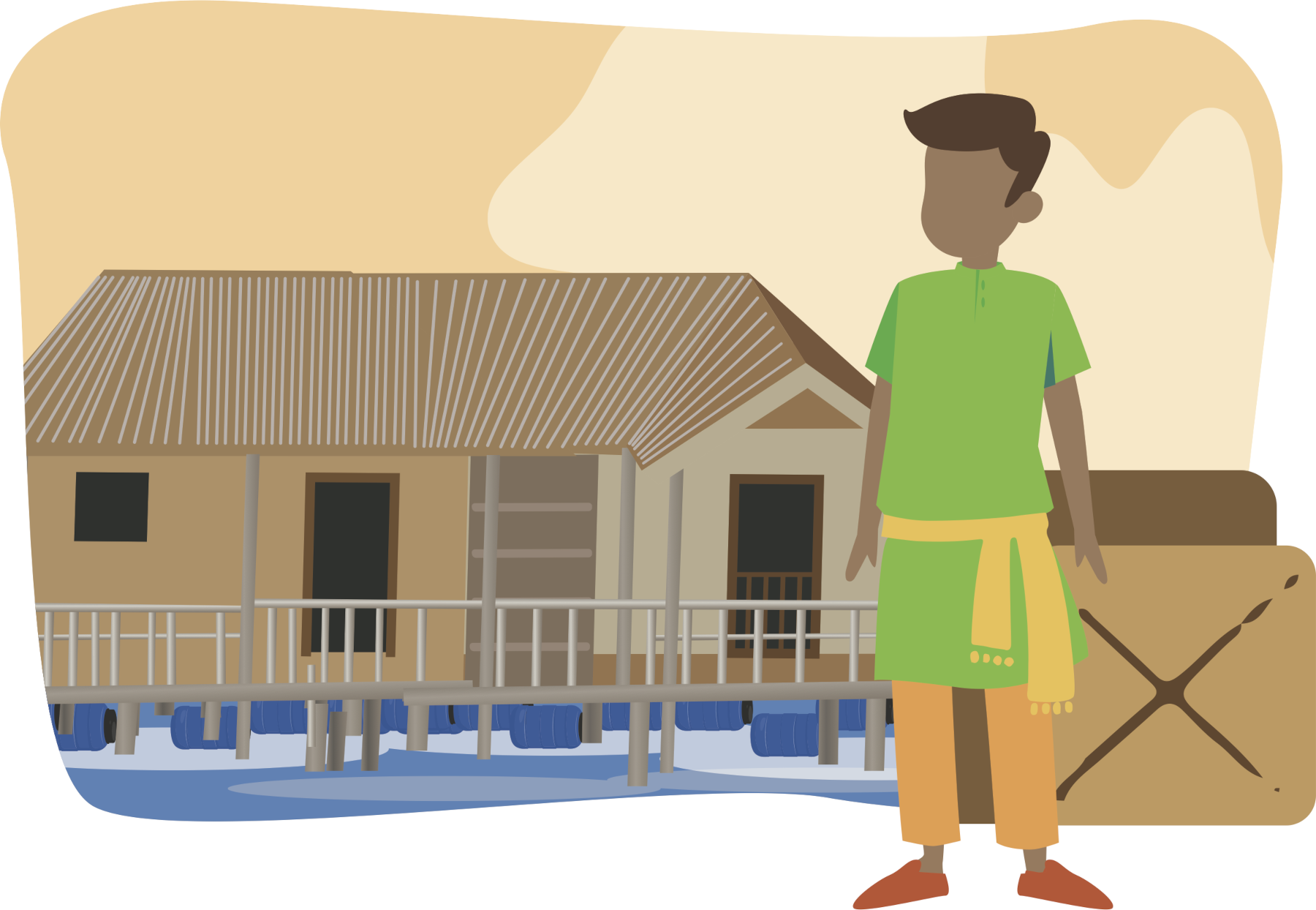
Abbas' floating home: Building back better for a flood-resilient future
They call me Abbas, I’m 9 this year. I live with my mom, dad and sister near Sirajganj, Bangladesh. We live next to a river. It floods every year. It’s really scary. We have to leave our home - I have bad dreams about it sometimes, even in the dry season. Mom and dad say we won’t have enough money for food if we put our house on poles, above the water. So we go up a hill instead with all our best things, but we can’t take all of them. Lots and lots of stuff gets washed away. My schoolbooks too! Even the chickens. I am very sad.
After the last flood, some people came to tell us about floating houses. My dad was not sure about the idea and how it could help. But these people invited all our neighbours to discuss how it could work. Now we are fixing our house with empty barrels under the floor and poles to hold it in place so it can float when the floods come. We heard that other neighbours are also trying to build floating gardens to continue farming. I really hope it will work.
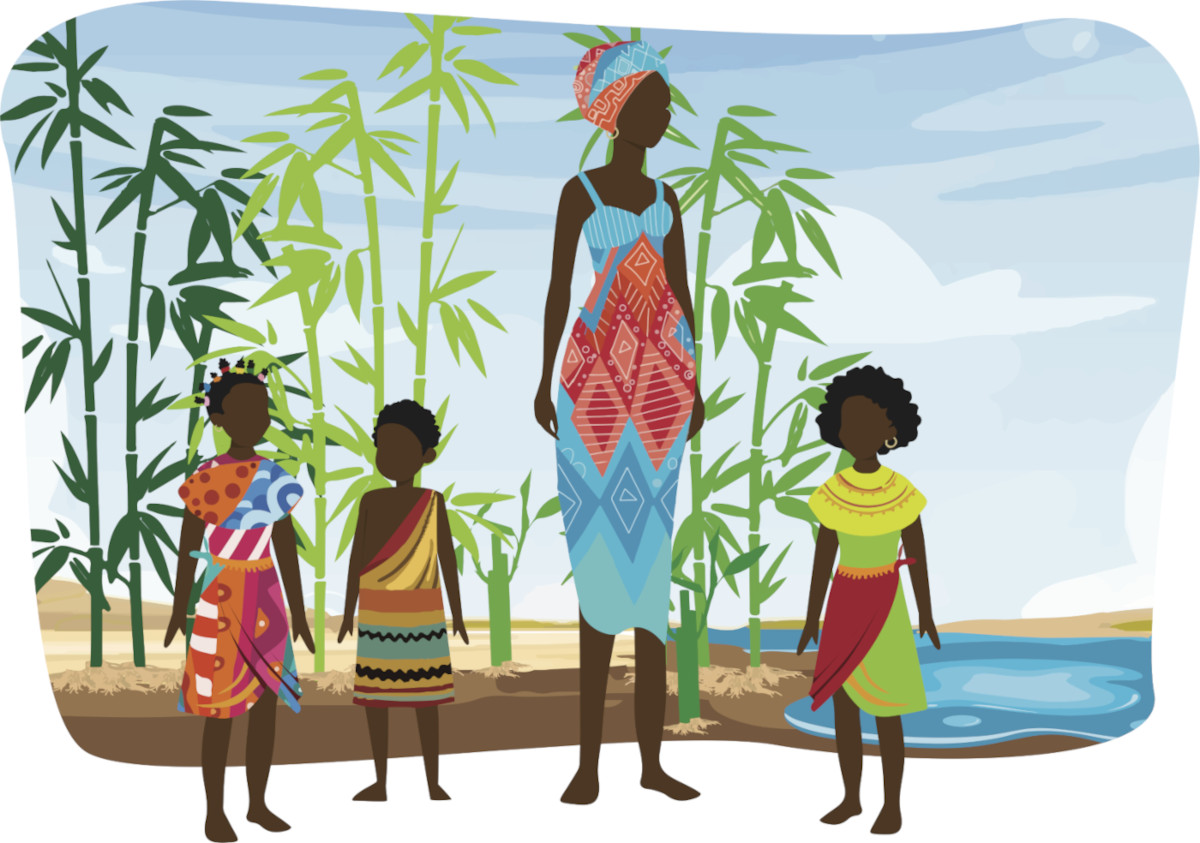
Bamboo barriers: Namazzi keeps her family dry and healthy
My name is Namazzi. Namazzi means “water” in Luganda, one of the main languages in Uganda. “Water”, like the floods that sometimes come to our home in the township of Bwaise, which is part of Kampala. I’m a mother of three schoolchildren.
Our elders say Bwaise used to be a swampy valley which flooded from time to time. But now, we are seeing more and more floods. Sometimes, our neighbors helped us dig trenches around our home to prevent water from coming in. Already, because of mosquitos from the stagnating water, I have been sick several times with malaria. My children too – there are times they cannot go to school for several days. When we are all sick, it’s very hard, as I can be too weak to care for them. It’s hard here to get the appropriate medicine.
Now, our community has begun using bamboo as a barrier against floods. The bamboo acts like a wall and slows down the water. And then, when the bamboo is mature enough, we can sell it as fuel and building material, to get some extra money. Already when other villages got flooded this year, we didn’t have as much damage, and I have been healthy all through the wet season.
It makes sense to work in harmony with nature and protect ourselves. Restoring our wetlands could also act as a buffer and reduce the impacts we experience each time our area gets flooded.
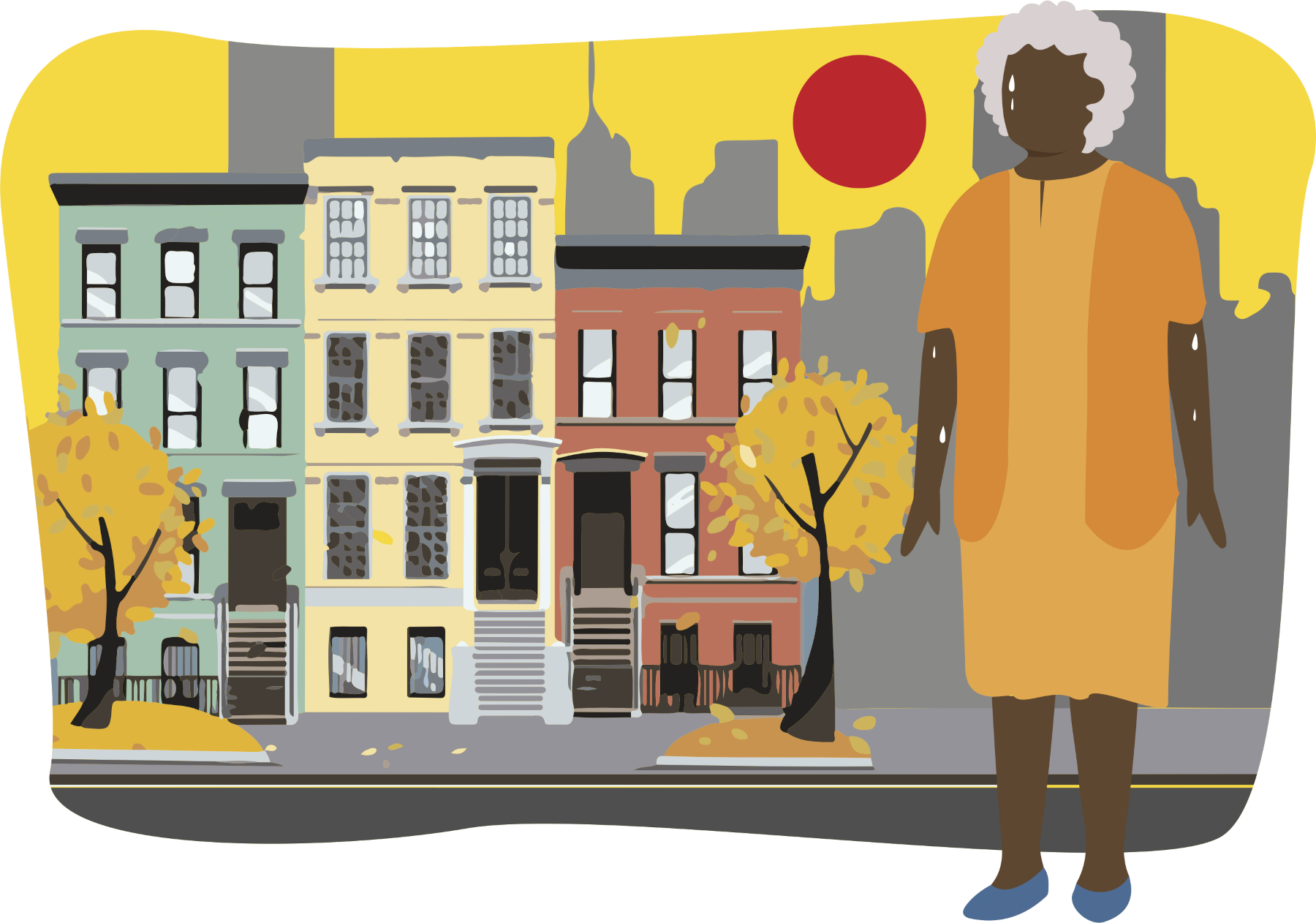
Beating the heat: Marsha finds ways to stay cool
I’m Marsha, and I live in Englewood, a neighbourhood on the South Side of Chicago. I turned 72 this year. I’ve spent my whole life in this neighbourhood. Back in the day, before the factory jobs went overseas, I was a welder. I made some decent money, even though I never finished high school. It was enough to scrape by, cover most bills, and raise my kids. But things have gotten tougher since I retired.
It’s been especially tough because it’s so hot lately, close to 40° (c. 100° F) for a few days running. I heard on the news it’s climate change and an urban “heat island effect”. It’s not quite as bad as the ‘95 heatwave. Not yet, anyway.
Some cities are using white paint on pavement, which reduces temperature. It would be great if they could do that here. But they have started planting more trees in our neighborhood; in the past I used to sit on a bench under a large tree and once these new trees grow, I think it could make me feel better on hot days.
Recently some local volunteers told us about a cooling center nearby that they could take us older folks to. That’s a good idea, I would be afraid to walk alone in this heat. I've also started getting messages on my phone with some recommendations on what I should do to keep myself safe from heat stress – like spending time in the cooling center or other cool buildings like the library or the mall, and making sure I drink plenty of water.
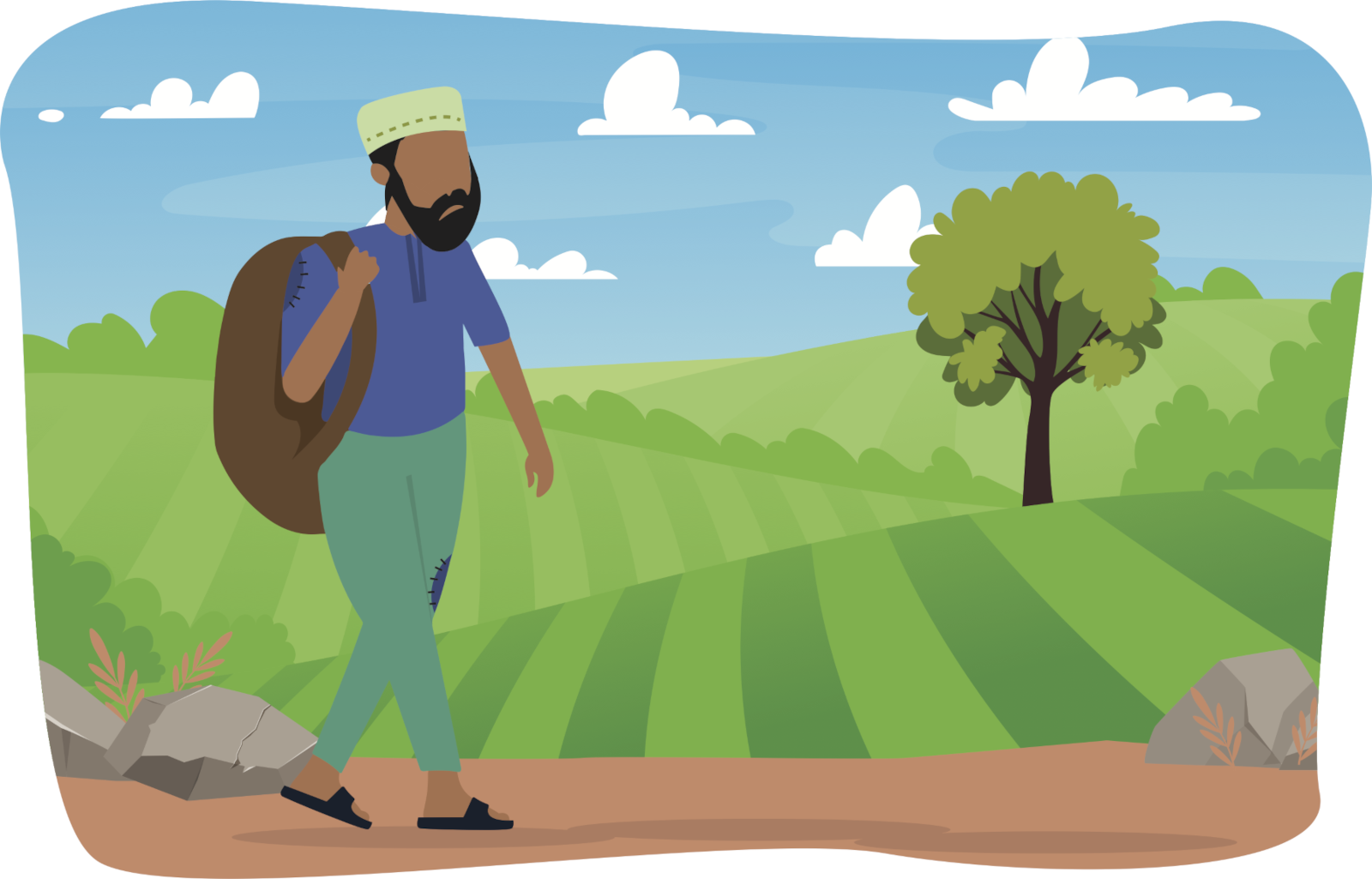
Arif’s words of warning: Migrant workers get wildfire alerts in their own languages
I’m Arif, from Bangladesh. I’ve come to Greece to pick strawberries as a migrant worker. I’ve been doing this for about five years. It’s the only way I can support my family back home.
I first came to Greece with others from my village to work on a berry farm. Life is not easy, I ended up living with 200 other workers in something we Bangladeshi call a baranga. It’s a shack made from plastic sheets, cardboard and reeds.
But what I worry about the most is fire. It isn’t safe. We’ve been hearing about wildfires across Greece. What if something like that happened here? Rescuers couldn’t get here, there’s no access. The last time there was a fire nearby they were saying things on the radio – but it was all in Greek so we weren’t sure if we had to stay or leave. Later some emergency service people came, with an interpreter, and spoke to us about the risks, and now they’re starting to share wildfire and other emergency information in Bangla and other languages that the migrant workers speak. This makes me feel a lot safer. At least we will know what to do and were to go if there’s any trouble.
(*Bangladeshi’s say “Bangla” when referring to the Bengali language. “Bengali” is more commonly used in India.)
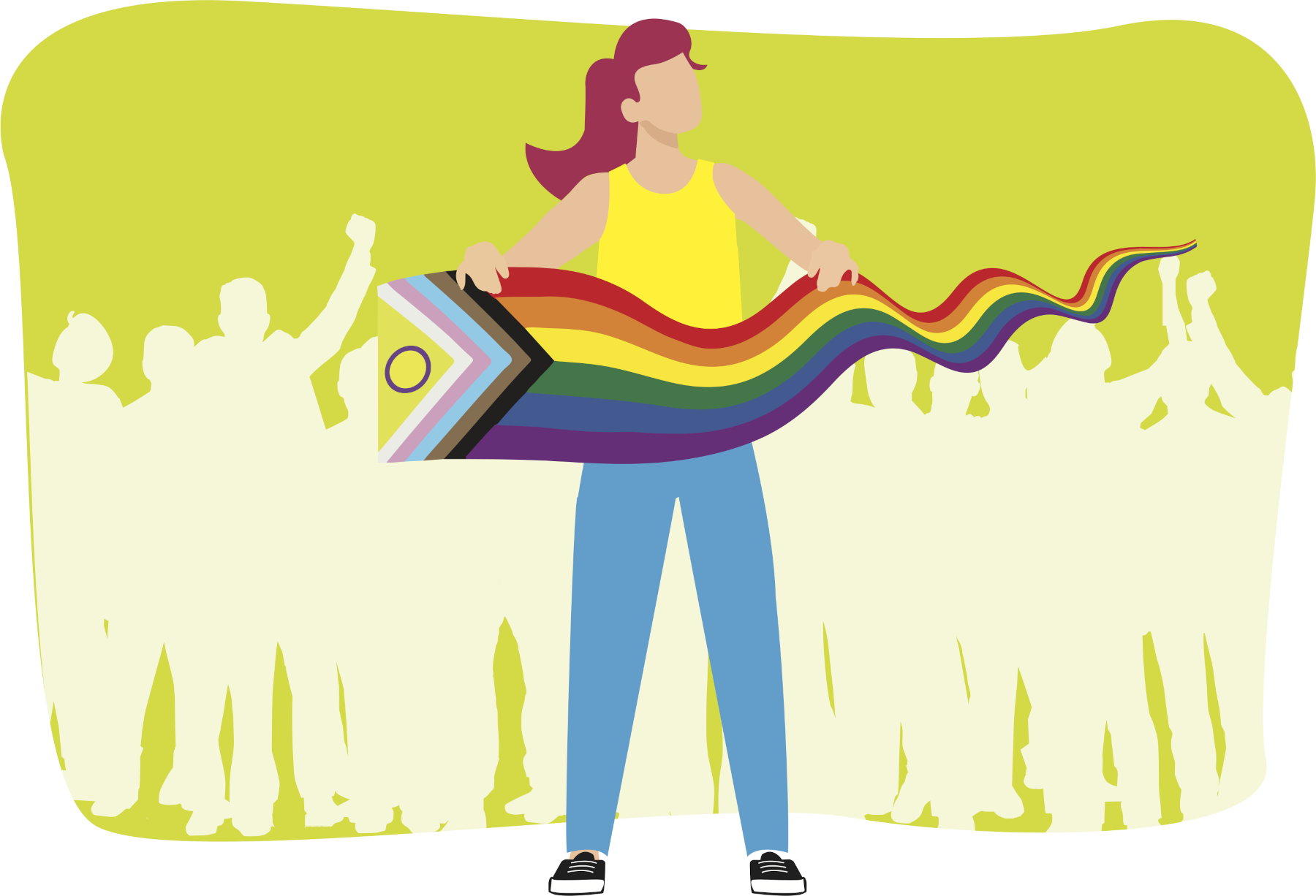
A safe space: Hazel seeks refuge from stigmatization in emergencies
I’m Hazel, and I’m a trans woman. At the time when floods affected our home in New South Wales, Australia, I was not feeling entirely comfortable opening up about my identity.
Plus, I was sharing my house with my partner. I was afraid that when we showed up to the emergency services to receive relief, our relationship would not have been accepted.
So we hung on as long as we could at home. It’s already hard enough to live with the day-to-day judgement of my family, who is a bit conservative. But at least then we have a safehaven – our home, our community – that we know we can return to. This wasn’t the case at the shelter. We were forced into heteronormative dormitories and bathrooms, which caused a lot of tensions. We felt as if we were being stigmatized by the people around us, as if we were the cause of the floods.
Fortunately, within our community, we are really close, so we talk about what happened and we support each other. Since the last floods I’ve started volunteering for an NGO that provides specific support to LGBTIQA+ people. We have been discussing with disaster management services to set up safe spaces in case of emergency.
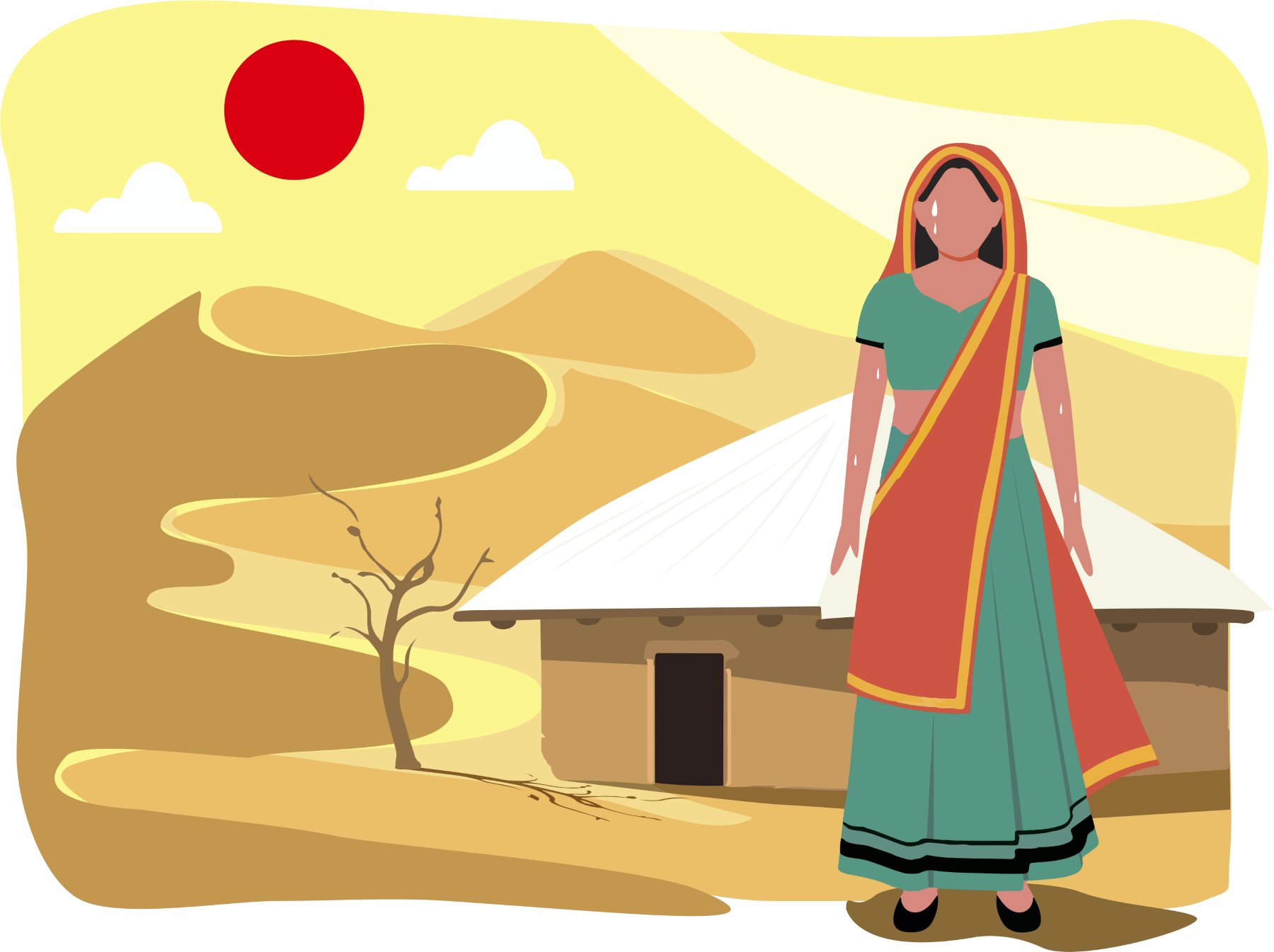
A white painted roof: Idaya tackles heat stress in Badi Bhil Basti
My name is Idaya and I am a vegetable vendor in Badi Bhil Basti, a slum in the state of Rajasthan. My house is made of bricks and concrete. In the Thar desert, it can get very very hot. In June, the temperature can reach 47°C. It’s hard to work. Sometimes I feel dizzy because of the heat. I am worried about the children. They get nose bleeds and vomit. It's hard for them to study.
A few months ago, some people from a relief group gave us white solar reflective paint for our roof. It cools the roof and reduces the temperature inside. I used to have to climb on the roof at night with a bucket of water to wet a burlap sack that we put above the fan to send cool air above our beds. Now I no longer need to get up at night. I also went to a training session where I learned about heat stress and how to protect myself and my family. I’ve shared what I learned with the other women in my community.
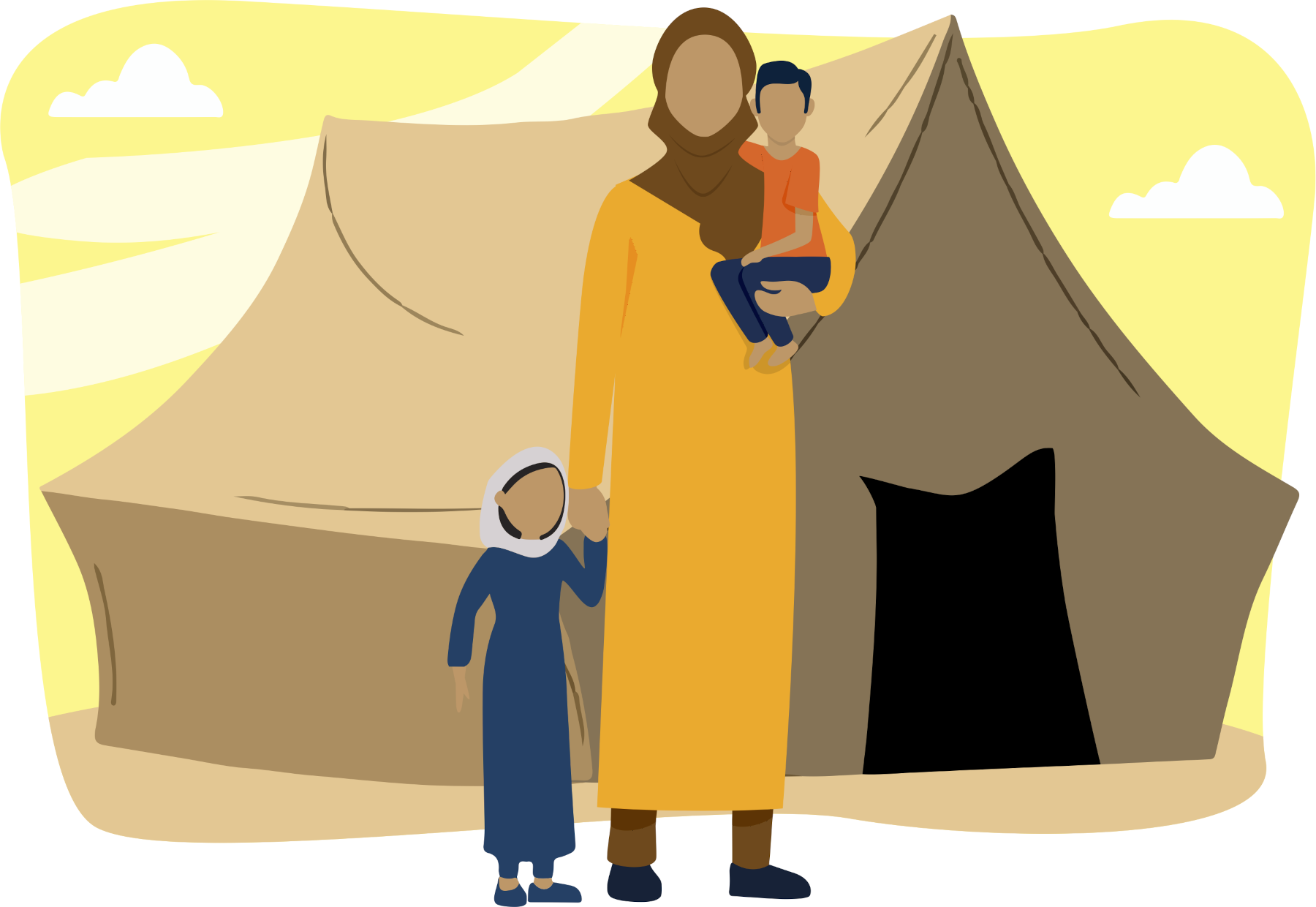
Khadija meets new challenges: Early warnings give refugees resilience against landslides and floods
My name is Khadija. I am a 25-year-old Rohingya refugee. I live in Cox Bazar, Bangladesh.
I am one of almost 1 million Rohingya who found refuge in the camps. They had to cut a lot of trees to set up the camps so when the rains come, it’s dangerous. There are floods and landslides. Last year, the United Nations started a project to plant new trees on the hills around the camp. They brought the community together and we discussed where to plant and how to conserve the forest. My husband is helping to take care of the trees and he earns some money for our family.
Some time ago, the United Nations, together with a Bangladeshi ministry, set up a landslide early warning system. Until now we would only be warned in an informal way through rain-gauges. We now should be getting a warning five days in advance. This means we should be able to protect ourselves more effectively from now on.
A community group has been distributing tie-down kits to strengthen our shelters against wind. We’ve set up work teams to stabilise the slopes. Things are happening, and we are hopeful.
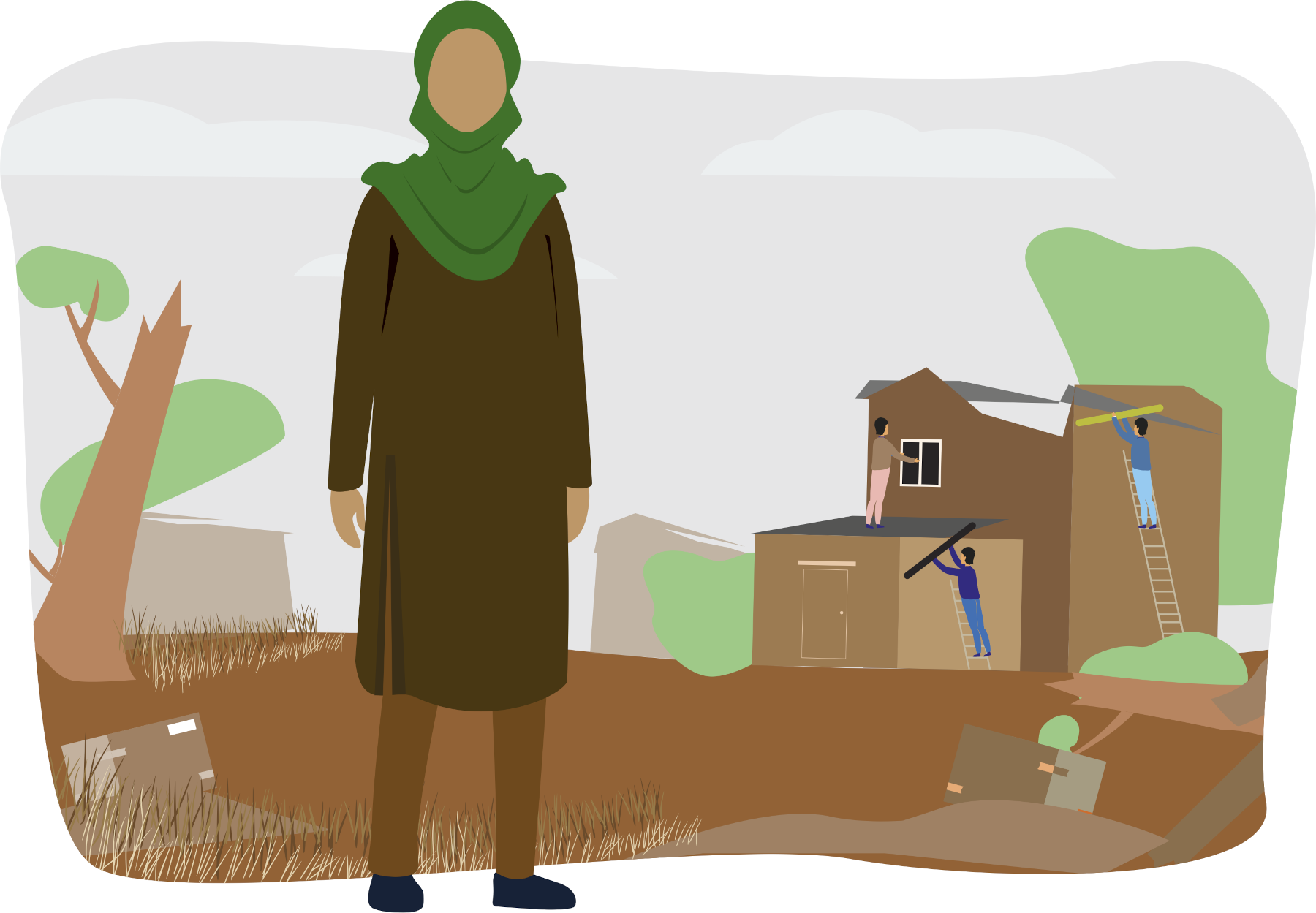
A home of her own: Durnaz claims her property rights after the floods
I am Durnaz, from a small village in Dadu district, Sindh Province, Pakistan. In 2022 I was to rebuild rebuild my entire home for the second time, a painful repeat after the floods of 2010. But this time, I was alone. My husband died last year from Covid.
The floods brought not only sorrow but also legal problems. As a woman, I had no evidence that I owned the property and I didn’t know my rights. It’s been an uphill battle. But with the support of a community group, I’ve managed to present my case to the Province. They told us it will be resolved quickly.
They also say the Government of Sindh aims to create new opportunities for 2.1 million families, like mine, who have been affected by these catastrophes. Together, we can rebuild not just our homes but also our lives, and build a more resilient future for our communities.
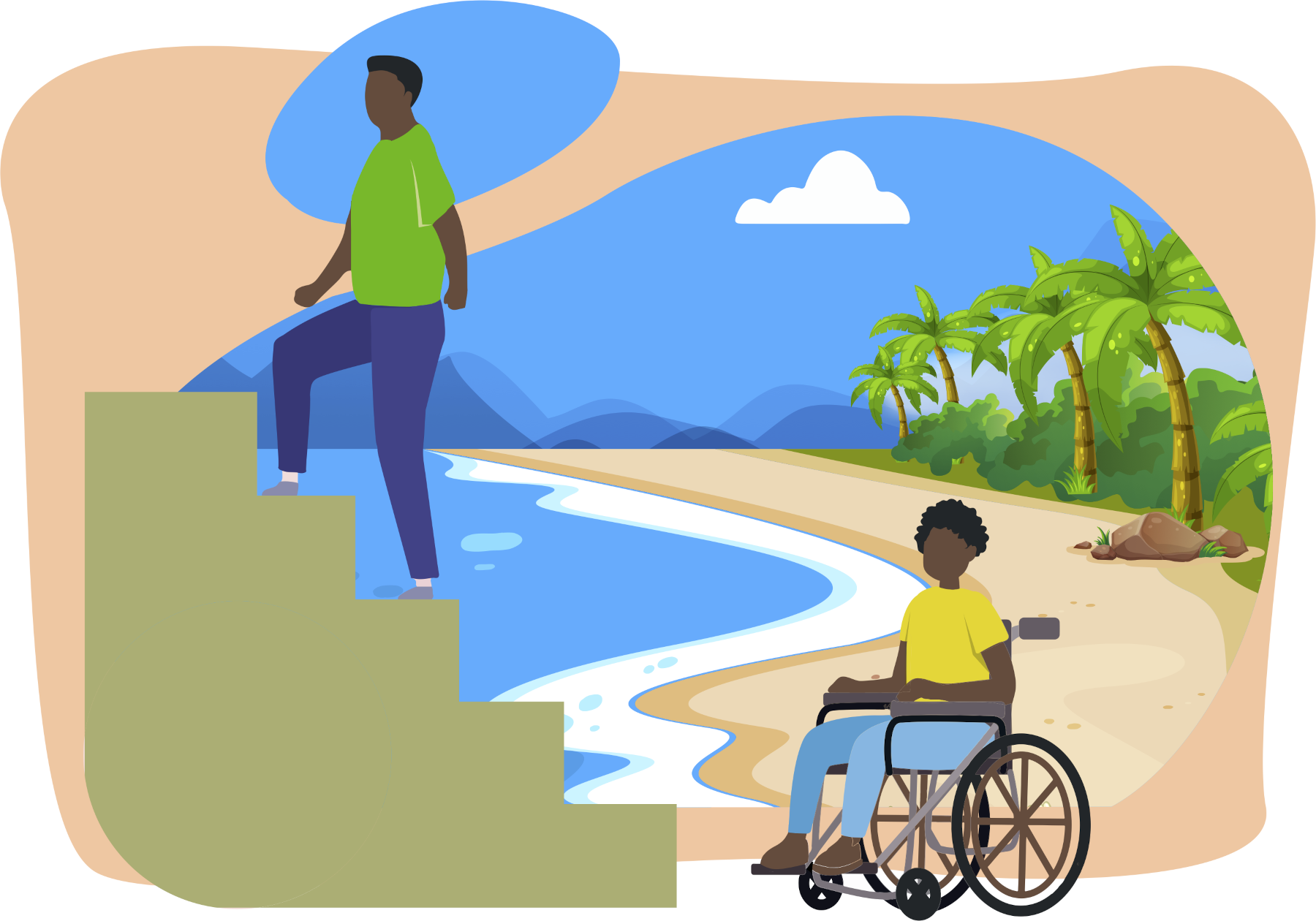
No one left behind: Kaikea advocates for disability-inclusive disaster plans
I am Kaikea, from Vanuatu. Memories of the 2017 volcanic eruption on Ambae island still haunt me. That day, as the rumblings of the earth grew louder, the authorities ordered an evacuation. My heart sank.
I rely on a wheelchair for mobility. The wheelchair is my lifeline. When they told us we had to leave our wheelchairs and assistive devices behind, I felt helpless. Once we reached safety, reality struck hard. Without my wheelchair, I was immobile. I couldn’t access hygiene facilities. I felt stripped of my dignity and independence.
This made me realize the importance of preparing for disasters, especially for persons with disabilities. We deserve to be included in evacuation plans, to have accessible facilities and information, so we are all safe.
Since that ordeal, I've become an advocate for disability-inclusive disaster preparedness in my community, and I have started joining planning meetings with the disaster management committee to explain how they can make sure persons with disability are included. We must ensure that no one is left behind in times of crisis, that we all have the chance to survive and rebuild our lives, with our dignity intact. Disability doesn't define us. Preparedness can empower us.
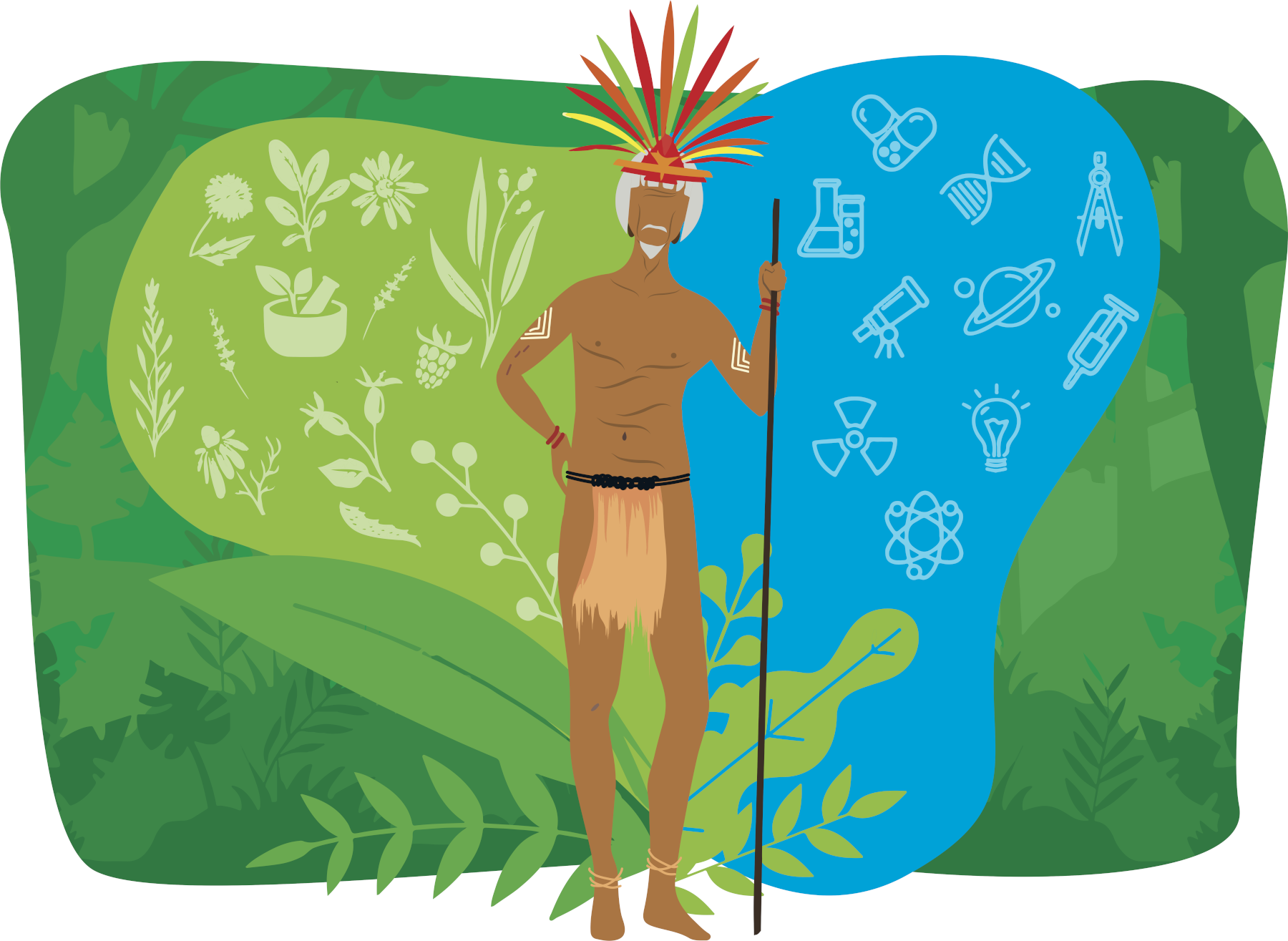
Protecting sacred lands: Pemón elders add traditional knowledge to modern fire management
I am an elder of the Pemón Indigenous community. My entire life I was in harmony with the Canaima, our ancestral home. For generations, our people thrived because they understood and respected their land. But recently, the management of fires has become one of the biggest challenges.
Every year, thousands of fires ravage our sacred lands, burning vast hectares. Conflicts arise because the authorities of the national park want to forbid our indigenous burning practices.
Our traditional use of fire is deeply rooted in our way of life. We employ it to enrich soil fertility in forests, during agricultural work, for hunting, and to prevent catastrophic fires in nearby forested areas. These practices are founded on centuries of accumulated knowledge, passed down through the generations.
However, our culture is changing, and the younger generation is losing touch with traditional wisdom. In the face of this dilemma, we proposed a change in focus from fire suppression to fire management. An experiment initiated in 1999 showed that our patch mosaic burning system, inspired by our traditions, reduced the risk of catastrophic wildfires, particularly in vulnerable areas where savanna transitions into forest.
A few years ago, our community was involved in a project that helped bridge the gap between traditional knowledge and modern understanding. By involving community researchers, students, academics, and resource managers, we developed a park management policy that respects and values the contributions of indigenous wisdom to ecologically appropriate fire management. Our goal is to protect our beloved Canaima for future generations, preserving the harmony between our people and the land that has sustained us for centuries.

A chance to stay a child: Anticipatory action before the drought saves Ayana from child marriage
I'm Ayana. I come from Ethiopia. My life has become really hard lately. We have a big problem with drought. It's making our land dry up, and our animals die because they don’t get water.
My father says the prices of food and fuel are going up so much, and lots of people here are struggling to get enough to eat.
My cousin, who is the same age as me, had to get married to an older man because her family couldn’t feed everyone, and he offered my uncle a bride payment. She was so scared and sad when he took her away.
I was lucky. In my village some people came before the drought got bad and vaccinated our animals so they wouldn’t get sick. They gave out food – for us and the animals – and some money for us to survive. They also talked about protecting ourselves against drought, by selling some of the animals while they were still fat and healthy. They also said they are trying to stop child marriages, even when our families are desperate. I think I am very lucky that we could protect ourselves before the drought got bad – I would hate it if I had to get married like my cousin.
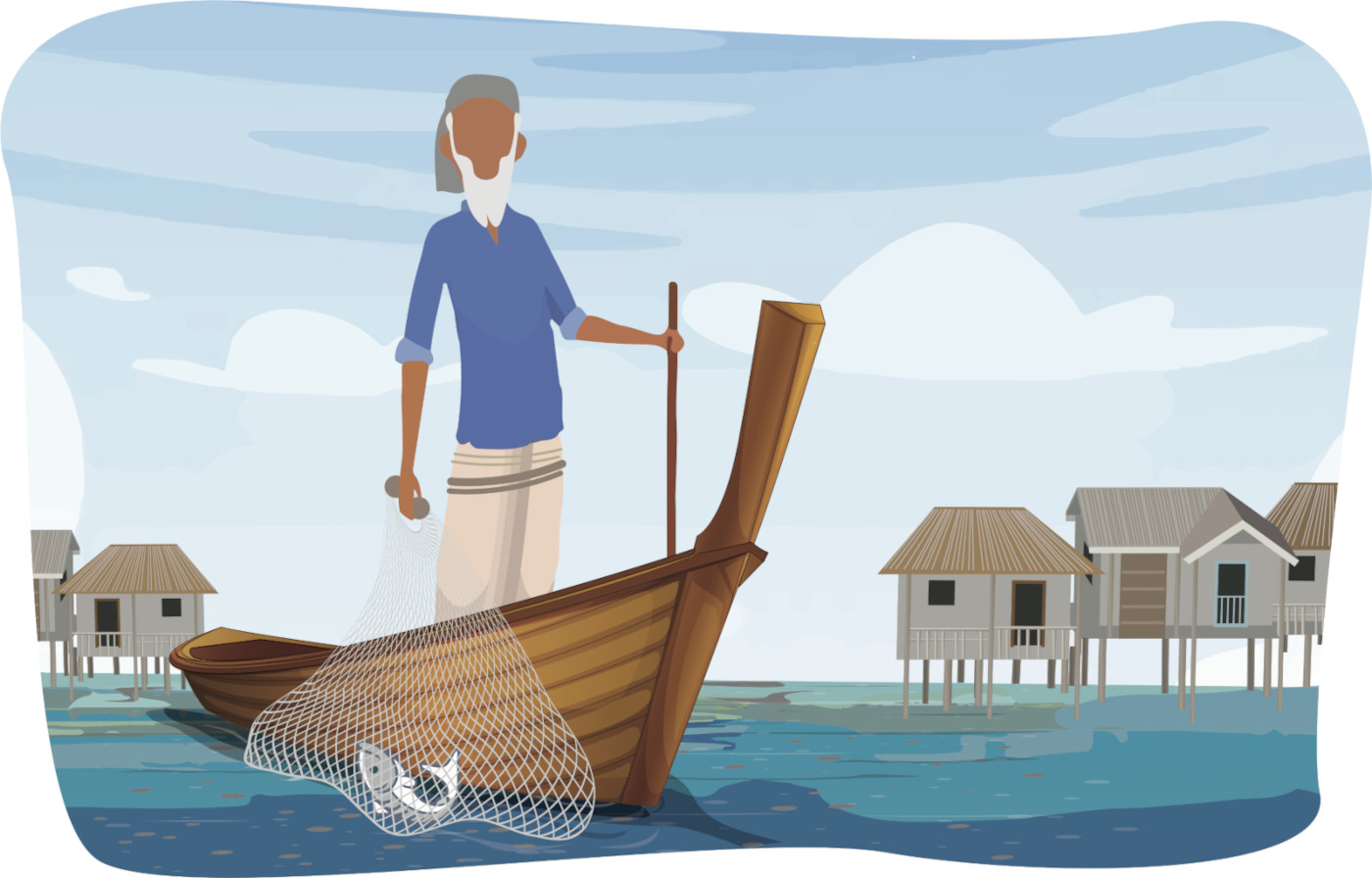
Stronger working together: Muhammed's town prepares to welcome climate migrants
I'm Muhammad. In Mongla, we're facing some big problems because of the changing weather. More people have moved here because their own land is always getting flooded, and we know many more will come. One big problem is not having enough clean water for all these new people.
But we're finding solutions and things are looking up.
Our Mayor and the people here are working together to fix it. We've set up special water treatment plants that help when we don't have enough water during the dry seasons. We're also working with the City Region Development Project to make a big pond store water better. They're installing pumps and pipelines to help us get more water in the future.
In the past, we had really bad floods and storms. But recently, we've been better prepared. During the Sitrang storm, we turned schools and other buildings into safe places for people. We also stocked up on food and supplies to help everyone stay safe.
We're learning that when we work together, we can do better. Even though we still have some problems with water, we have hope that things will get better. We're strong, and we'll keep working together to deal with the changing climate. Mongla is becoming a good example of how communities can adapt and stay strong.
Fighting inequality for a resilient future: learn more about IDDRR.
